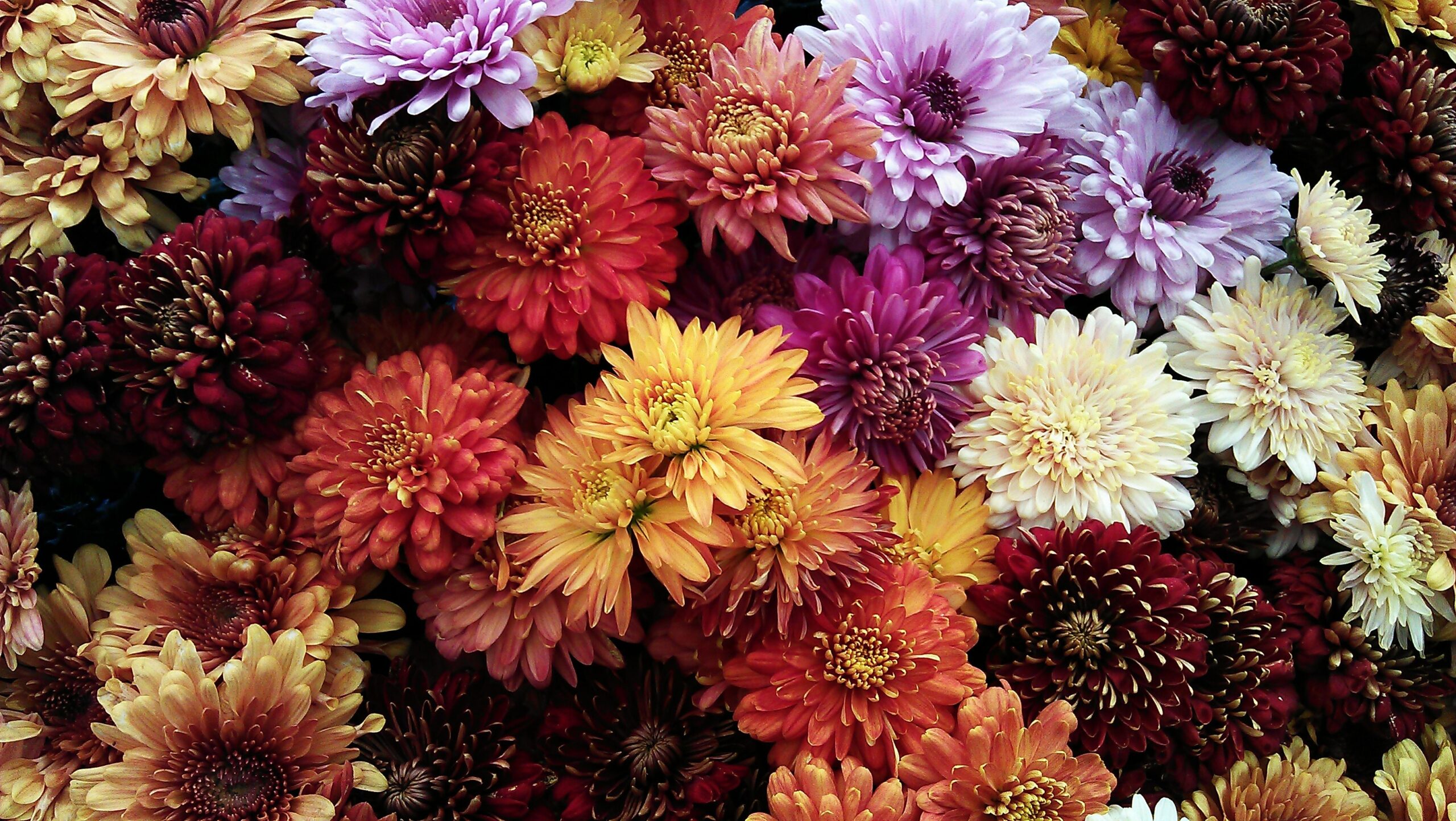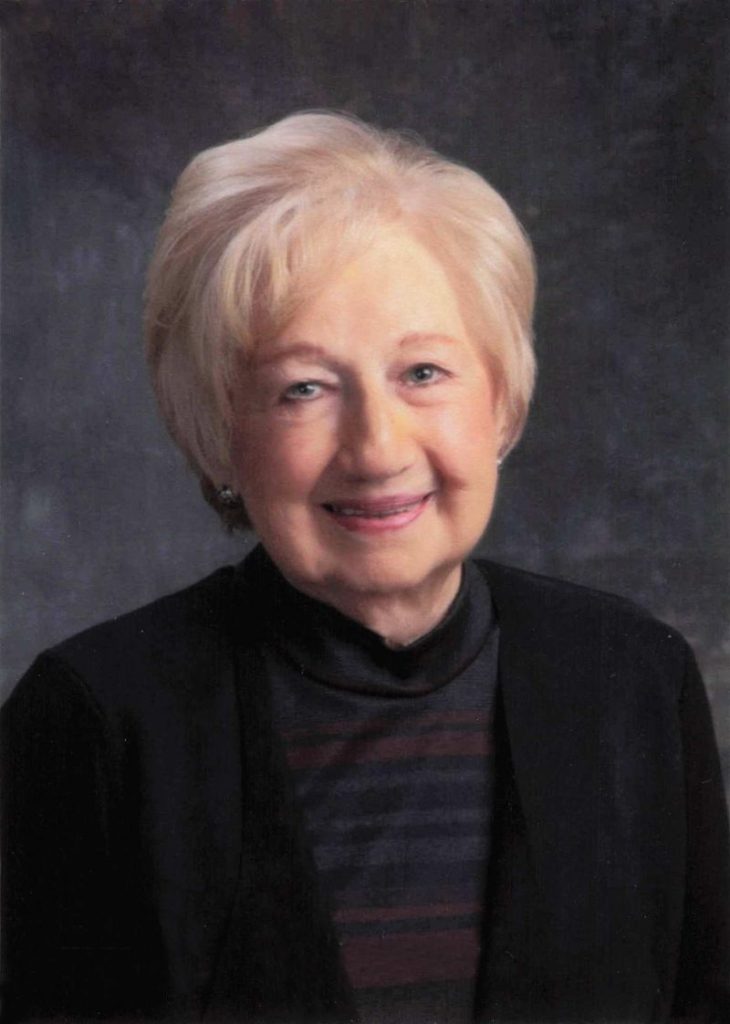Flowers to celebrate fall colors

It has begun. The corn has turned. Transforming much of the Illinois landscape into a sea of tan. The soybeans are following with their yellow hues. Combines churn away, as the heavy scent of plant debris permeates the truck cab. Bright seas of goldenrod sway in the wind, as if a welcome mat laid down for autumn. Within the goldenrod mass, you may spot dots of purple asters. I was once told the colors of Western Illinois University were inspired by the fall colors of the prairie – goldenrod and purple aster.
The entire growing season is a show. Full of “oohs” and “awes.” But as the bright green chlorophyll fades away, it reveals other pigments hidden within the leaves, nature’s grand finale. Yellow and orange emerge as we can now see the carotenoid pigments. These colors, always there during the summer, were obscured by the green chlorophyll. The bright reds and burgundy colors are anthocyanin pigments triggered by the cooler weather to shield the plant tissues from pests and freezing temperatures just long enough for the plant to resorb its energy before the leaves fall.
While the shifting colors of leaves tend to get a majority of the recognition, the season is not over for flowering plants. Of course, my front yard has the obligatory mums, but what if we look to the changing native landscape around us for inspiration? Here are some relatively new flowering plants in my garden that are just now putting on their show for the year.
Ironweed (Vernonia fasciculata) – Instead of purple blooming asters, I have opted to plant the purple-blooming ironweed. The delicate foliage is a great feature on its own, however as the days shorten and the nights cool, the purple flowers are a wonderful way to end the season. Ironweed can spread from seed which can be good or bad depending on your type of garden bed. You can prevent the spread from seed by trimming off the flower heads after the blooms fade.
Fireworks Goldenrod (Solidago rugosa ‘Fireworks’) – I will admit I may have gone slightly overboard on goldenrod this year. This cultivated form of wrinkle-leaf goldenrod is called Fireworks. The yellow dainty blooms on this plant are numerous! And at the beginning of fall are just now beginning to open in my full-sun bed. Goldenrods in general are rightfully known as an aggressive family of plants. Fireworks is described as “well-behaved” but will spread outward over time. I have found this plant is somewhat sensitive to dry conditions, at least before establishment.
Zigzag Goldenrod (Solidago flexicaulis) – A goldenrod for those seeking some late-season color in the shade. Zigzag gets its name for how the flowers zig and zag up the stem. True to the goldenrod reputation, it will spread to form a colony. Mine is planted within a woodland border garden.
Bleeding Hearts False Sunflower (Heliopsis helianthoides var. scabra ‘Bleeding Hearts’) – My first season growing this one and I am enamored. The bloom colors of reds and orange scream “autumn”! The plant blooms mid-summer but have continued to bloom and won’t stop until frost. The leaves are dark green and the stems are purple. Full sun to part-shade, false sunflower can spread via seed. Deadheading can prevent unwelcome plants.
I picked these plants for their pollinator benefits, which can be critical late in the season. However, I must admit at the nursery all these plants sparked something in me. Perhaps a feeling of completion, celebrating one more growing season in the books with the colors of fall.
Good Growing Tip of the Week: Don’t forget a “supporting cast” as I call them. These are companion plants that can either contrast texture or color. Consider grasses like little bluestem that help to hold tall blooms aloft.
-30-
Miss Clipping Out Stories to Save for Later?
Click the Purchase Story button below to order a print of this story. We will print it for you on matte photo paper to keep forever.

